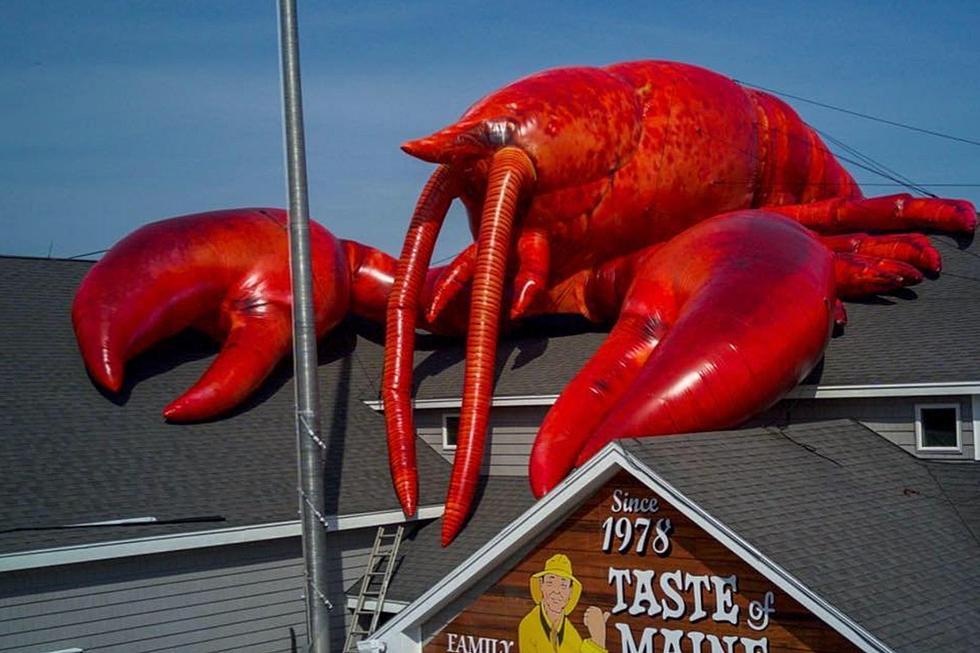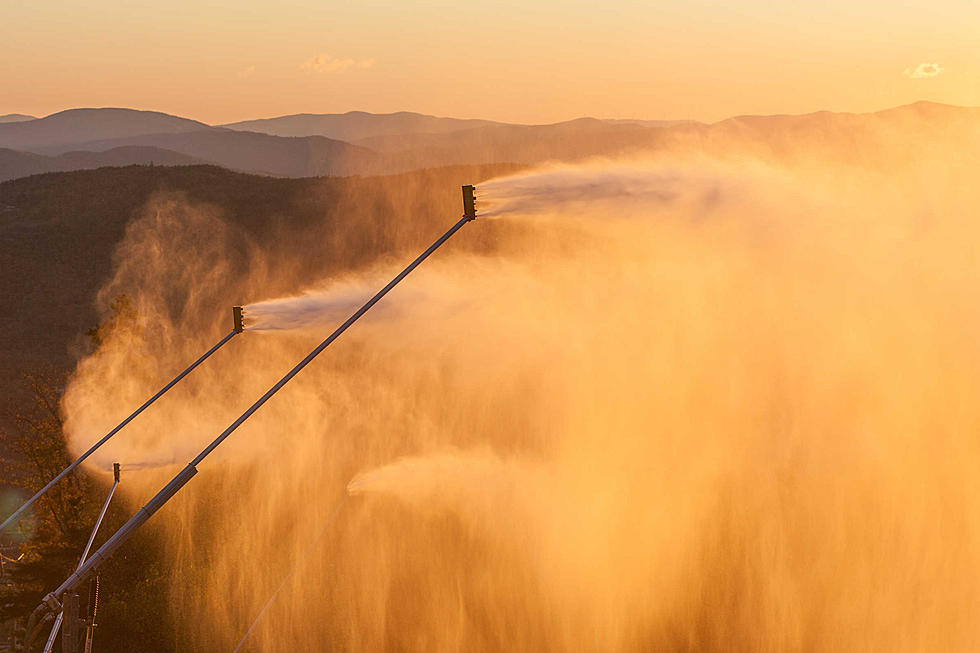
See How New England Skiing Measures Up To West With New Metric
I'm from North Idaho, where three mountain ranges converge in a skier's paradise rivaled only by Colorado and Utah's best resorts. Moving to the East Coast, I begrudgingly accepted the fact that skiing was unlikely to measure up. Snow conditions aside, I figured the resorts here wouldn't hold a candle to what I grew up with, given that the mountains here are more like hills. The elevation stats just aren't there.
However, MountainVertical.com recently created a new metric to better judge the vertical measures of mountains, specific to skier's experience. According to Mountain Vertical:
Basically, True-Up Vertical is meant to be skier's perspective on mountain height, not a topographical view on mountain height.
A resort's topography might occupy a 3000 ft vertical drop, but if the mountain terrain flowed in a way where you would never actually ski that full amount, then that 3000 ft measurement isn't representative of what you would experience. True-Up Vertical asks the question - what is the typical full amount of drop that you would normally ski, run after run, when you go to visit that ski resort.
The website re-ranked mountains in the US. and Canada and the standings shifted quite a bit! Maine's Sugarloaf beat out my own hometown's Schweitzer Mountain! Despite the astounding elevation of the most renowned mountains, many resorts haven't utilized the height of the mountain in skiable terrain without substantial hiking, meaning the number you see isn't reflective of the length of runs you can explore. See how your favorite ski spots measure up!
More From Q97.9









